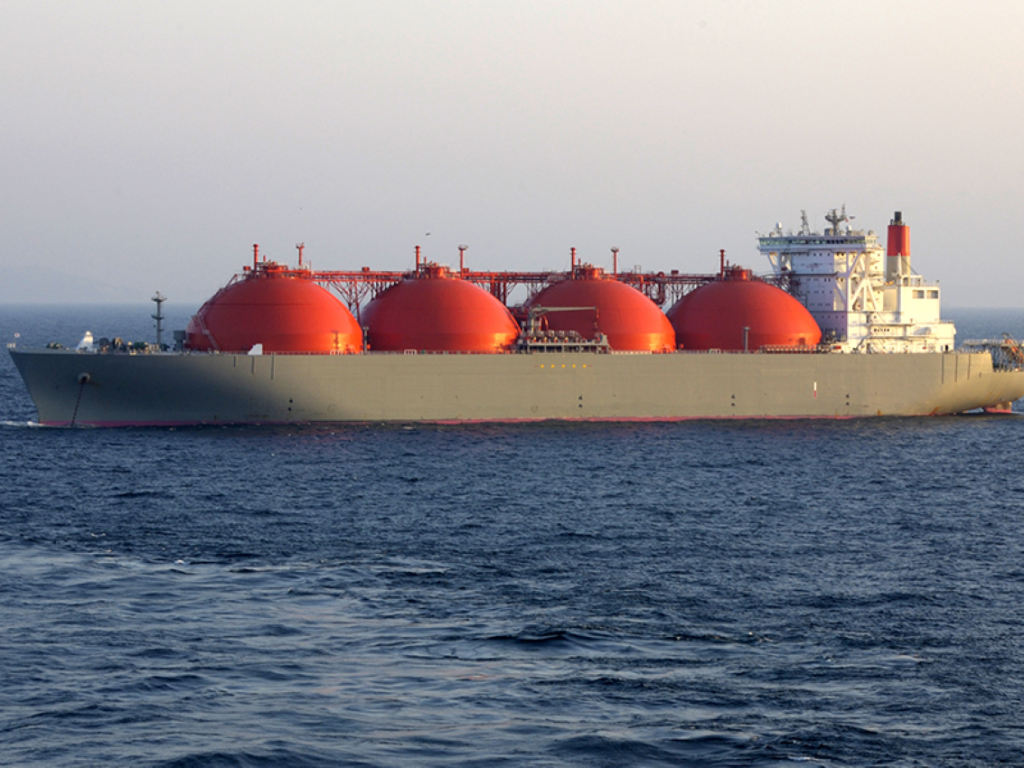Petronas has deployed Honeywell UOP’s Amine Guard FS technology for its floating liquefied natural gas (FLNG) facility.
Named PFLNG SATU, the vessel liquefies, stores and offloads liquefied natural gas (LNG).
The deployment of the Amine Guard FS unit at the facility enables the removal of carbon dioxide from natural gas aimed at prevention of freezing as the gas is cooled to a liquid.
According to Honeywell, the technology has been adapted to compensate for vessel motion.
Honeywell UOP’s gas processing and hydrogen business vice-president and general manager Rachelle Goebel said: “Natural gas must contain fewer than 50 parts per million of carbon dioxide to be liquefied, and that has been very difficult to achieve in a floating LNG installation until now.
“This Amine Guard FS design, modified for sea operations, lowers production risks in FLNG applications, ensuring a more reliable way to produce marine LNG.”
How well do you really know your competitors?
Access the most comprehensive Company Profiles on the market, powered by GlobalData. Save hours of research. Gain competitive edge.

Thank you!
Your download email will arrive shortly
Not ready to buy yet? Download a free sample
We are confident about the unique quality of our Company Profiles. However, we want you to make the most beneficial decision for your business, so we offer a free sample that you can download by submitting the below form
By GlobalDataIt is claimed that the solution provides higher uptime and throughput when compared to amine systems, in addition to ensuring lower operating costs.
Under the contract, Honeywell UOP has agreed to provide on-site commissioning and on-going service for the system.
Using the PFLNG SATU facility, Petronas aims to unlock gas reserves in remote and stranded fields.
Operating in shallow water depths of between 70m-200m, the vessel has a processing capacity of 1.2 million tonnes per annum (Mpta).




